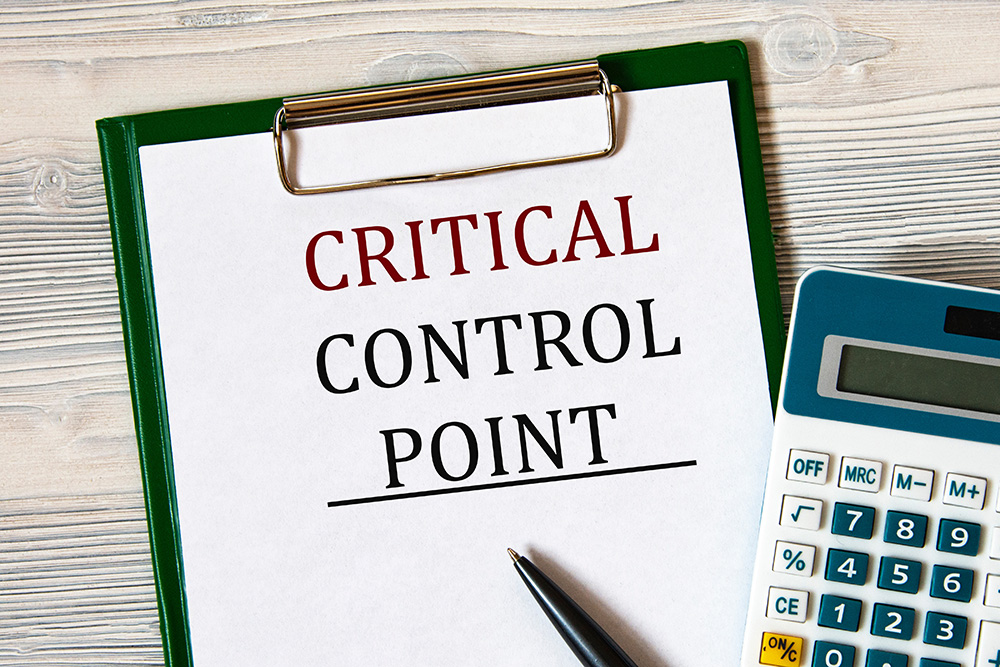04In the intricate web of the food industry, where the fusion of taste and safety is paramount, Critical Control Points (CCPs) emerge as the linchpin of the process. These discreet junctures in the production cycle hold the power to not only preserve the quality and consistency of products but also to shield consumers from potential hazards. This comprehensive exploration delves into the depths of CCPs, unraveling their significance, implementation, and indelible impact on the food we consume.
Understanding Critical Control Points: The Cornerstone of Food Safety
Critical Control Points (CCPs) are specific locations within the production, processing, and distribution channels of food. They represent pivotal stages where precise control measures can be employed to avert or mitigate potential hazards. Whether it’s microbial contaminants, chemical deviations, or physical abnormalities, CCPs stand as the backbone of an effective Hazard Analysis Critical Control Point (HACCP) system.
The Role of Critical Control Points: Guardians of Food Safety
At its core, the role of CCPs is synonymous with consumer protection. By pinpointing potential hazards and establishing stringent control measures, CCPs become the vanguards that prevent the escalation of foodborne illnesses. From the inception of raw material sourcing to the final packaging of products, these checkpoints serve as vigilant custodians, ensuring each morsel that reaches the plate is devoid of compromise.
Strategic Implementation of Critical Control Points: A Holistic Approach
The execution of CCPs involves a meticulous framework that encompasses multiple layers. It all commences with an exhaustive hazard analysis, meticulously identifying potential risks. Subsequently, critical control points are demarcated, each accompanied by a tailored set of control measures. These measures could encompass a spectrum of factors including temperature thresholds, processing durations, acidity levels, and more. The tenets of constant monitoring, periodic verification, and methodical documentation solidify the efficacy and consistency of CCP protocols.
Beyond Safety: The Quality Quotient of Critical Control Points
While the bedrock of CCPs lies in ensuring safety, their purview extends to the realm of quality preservation. Fluctuations in processing conditions have the potential to cascade into variations in taste, texture, and overall product attributes. By retaining an unwavering grip on critical junctures, manufacturers safeguard the quintessence of their offerings. This dedication to product characteristics not only fosters consumer trust but also amplifies brand loyalty.
CCPs in Modern Food Paradigm: Navigating Innovation
As the food industry dances to the tunes of innovation, the landscape of CCPs evolves in tandem. The infusion of advanced monitoring mechanisms, coupled with the prowess of data analytics and automation, has revolutionized CCP management. These avant-garde tools empower manufacturers to make real-time decisions, thus elevating the equilibrium between safety, quality, and efficiency.
Conclusion: Elevating Consumer Confidence Through CCPs
In an age where discerning consumers seek a harmonious blend of taste and transparency, CCPs stand as the lighthouses of assurance. From preempting outbreaks to orchestrating symphonies of flavor, these control points paint the narrative of the food industry. By steadfastly adhering to robust CCP protocols, manufacturers not only affirm the safety and quality of their products but also underscore their allegiance to consumer well-being.







